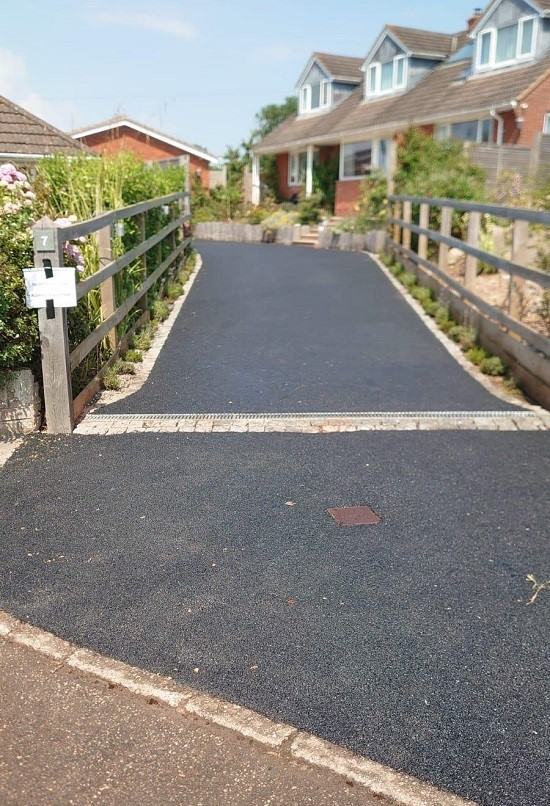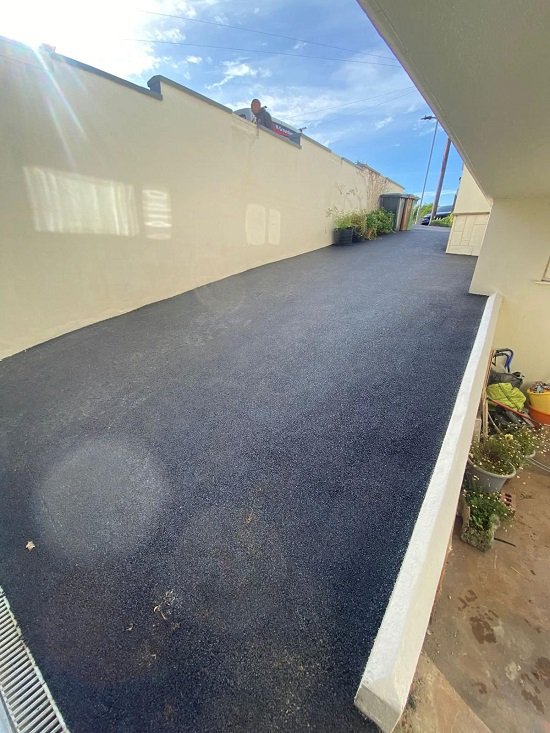A gravel driveway is a practical and cost-effective option for many homeowners. Not only does it boost curb appeal, but it also offers natural water drainage, preventing flooding that often occurs with concrete or asphalt surfaces. While the task may seem intimidating initially, with some hard work and planning, laying a gravel driveway is a manageable project for most DIY enthusiasts. This guide will walk you through the essential steps to create a beautiful, functional gravel driveway.
Why Opt for a Gravel Driveway?
Key Benefits
Gravel driveways are an excellent choice for many homeowners due to the following reasons:
Easy to Install: Gravel driveways are quick to install, and with basic DIY skills, many homeowners can complete the project themselves, saving on labour costs.
Affordable Option: Gravel is significantly cheaper than alternatives like concrete or asphalt, making it a budget-friendly choice for enhancing your property.
Low Maintenance: Gravel requires little upkeep. Occasionally, redistributing the gravel and topping it up ensures the driveway stays in good condition.
Natural Drainage: Gravel allows rainwater to filter through, reducing flood risks and water pooling while also being environmentally friendly by managing runoff naturally.
Flexibility: Gravel driveways are easy to modify or expand, allowing you to adjust the size or shape without much hassle compared to more rigid surfaces.
Rustic Appeal: Gravel adds a natural, rustic charm to your property, with various colours and textures to complement various landscapes and designs.
How to Build a Beautiful and Durable Gravel Driveway?
Here’s a step-by-step guide to help you through the process.
Step 1: Remove the Existing Surface
The first task when installing a gravel driveway is clearing the area of any old materials. Whether it’s tarmac, concrete, or just compacted soil, the goal is to create a stable and solid base for your new driveway. Start by digging up the existing surface, ensuring no underground utilities, such as gas or water pipes, are damaged. If the area is large, you may want to rent machinery like a digger or bulldozer to make the job easier and quicker.
Step 2: Prepare the Sub-Base
The sub-base is a critical component in your gravel driveway, as it supports the weight of vehicles and prevents the gravel from shifting. It’s best to use a mixture of crushed stone or aggregate, such as MOT Type 1, which compacts well to create a strong foundation.
Lay this material evenly over the ground, ensuring it’s at least 50mm deep for optimal support. A mechanical compactor, like a wacker plate or roller, will help pack the sub-base tightly. Also, ensure the sub-base slopes slightly away from buildings to encourage proper water runoff and prevent pooling.
Step 3: Add a Weed Barrier
To keep your new driveway looking neat and tidy, it’s essential to lay a weed barrier on top of the sub-base. This layer will help prevent unwanted plants from pushing through the gravel and causing unsightly patches of greenery.
Opt for a heavy-duty weed membrane, such as polypropylene, which is durable enough to withstand the weight of vehicles and prevent weed growth for many years. Secure the membrane with pegs to ensure it stays in place.

Step 4: Choose the Right Gravel
When selecting gravel for your driveway, the type of stone is crucial. Look for angular gravel that won’t shift when driven over. Ideally, choose between 14mm or 20mm chippings, as they offer the perfect balance of texture and stability. Smaller gravel can get stuck in tyre treads or scattered into nearby flowerbeds, so avoid anything too fine.
Popular options include Granite, Basalt, Quartz, and Flint, known for their durability and aesthetic appeal. Once you’ve decided on the style and colour, ensure you order enough to cover your driveway at a depth of at least 50mm.
Step 5: Calculate Your Gravel Needs
Before purchasing gravel, you must determine how much you’ll need. Measure the length and width of your driveway and multiply the two numbers to find the total area in square meters (m²). If your driveway has irregular shapes, break it down into smaller sections and calculate the area for each part. Alternatively, you can use a gravel calculator to help with more precise measurements.
Step 6: Spread and Level the Gravel
Once your sub-base and weed membrane are in place, laying the gravel is time. Start by spreading the gravel evenly across the surface using a rake. Try to keep the gravel layer uniform in thickness, aiming for about 50mm deep. If your driveway has a slope, you may want to consider installing a gravel grid to help keep the gravel in place and reduce shifting. Gravel grids are simple to install and provide extra stability on inclined surfaces. Once the gravel is spread evenly, compact the surface with a mechanical plate compactor to create a solid, stable driveway.
Essential Tips to Maintain Your Gravel Driveway’s Curb Appeal
Gravel driveways are easy to maintain but require attention to keep them looking their best. Here are top tips for preserving your gravel driveway’s charm:
Keep Extra Gravel on Hand
While gravel driveways are low-maintenance, they can develop potholes or uneven spots over time. Order extra bags of gravel when you install your driveway so you have them available for quick touch-ups. Store them in a shed to ensure you won’t have trouble finding the same product later.
Use Gentle Detergents for Cleaning
For stubborn stains, use a mild cleaning detergent to remove dirt without damaging the gravel. For deeper stains, you can gently scrub with a wire broom to lift the marks.
Rinse with Low-Pressure Water
When cleaning your gravel, use a hose or pressure washer, but keep the water pressure low. High pressure can scatter the stones. Wear gloves and goggles for added protection when rinsing.
Regularly Rake the Driveway
Raking your gravel driveway helps to maintain its neatness and prevents debris from building up. It’s especially important in autumn and winter when leaves can accumulate. Use a wide rake to spread the gravel evenly, ensuring the centre is slightly raised to encourage proper water runoff.
Keep Weeds in Check
Even with a weed membrane, weeds can occasionally pop up through the gravel. Pull any weeds by hand or use a weed killer designed for gravel paths to keep your driveway looking tidy.
Top Up Gravel When Needed
Over time, gaps may appear in the gravel. When this happens, refill with the extra gravel you’ve saved. Spread it evenly and compact it to restore your driveway to its original appearance.

